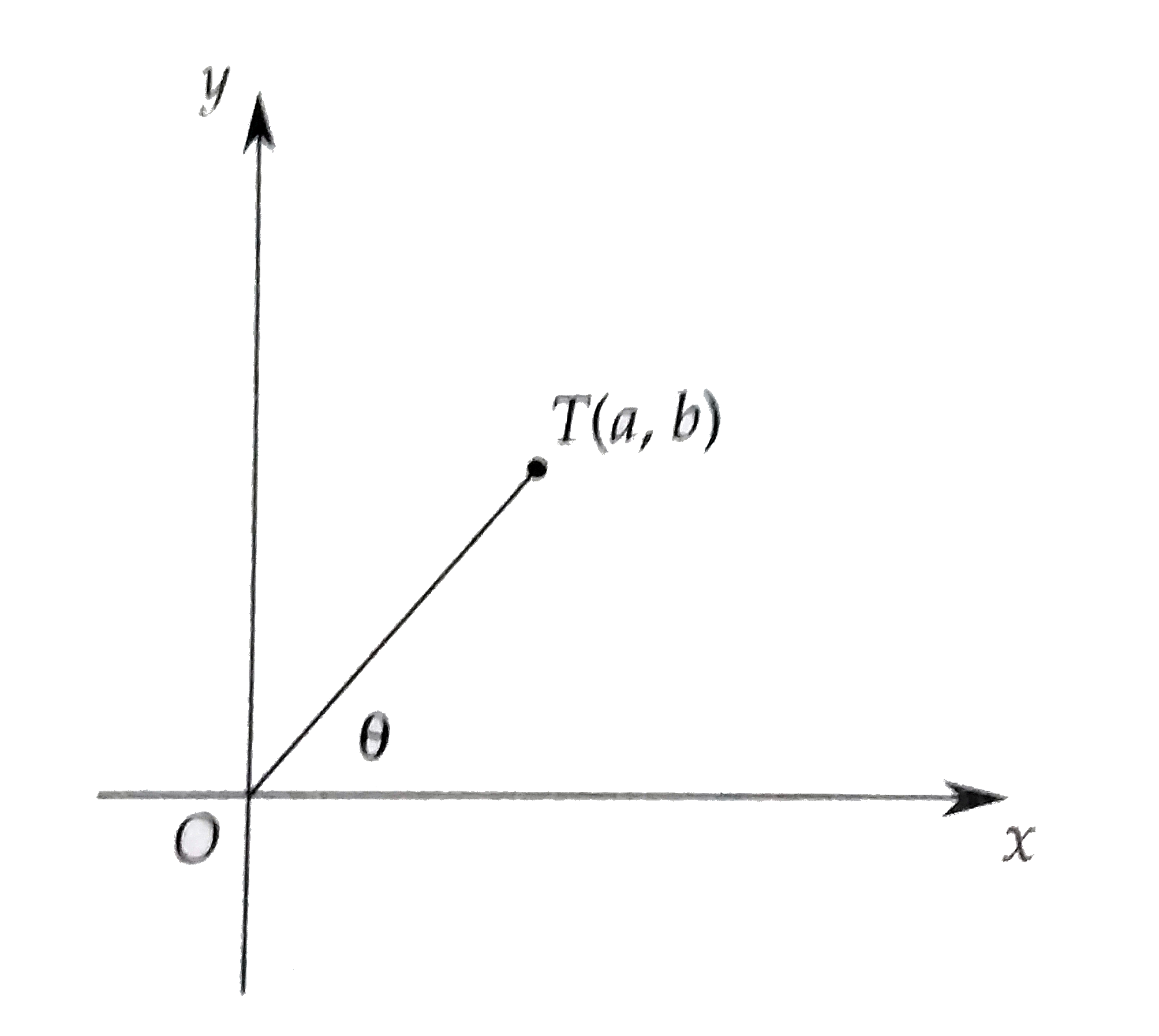Which of the following is a sink for CO?
Haemoglobin
Microorganisms present in the soil
Oceans
Plants
The correct Answer is:B
To determine which of the following options is a sink for carbon monoxide (CO), we need to understand what a "sink" means in this context. A sink is a natural or artificial system that absorbs or stores a substance—in this case, carbon monoxide.
1. Understanding Carbon Monoxide (CO):
- Carbon monoxide is a colorless, odorless gas that can be harmful to human health when inhaled. It binds to hemoglobin in the blood, preventing oxygen transport.
2. Identifying Potential Sinks:
- The options provided are:
- Hemoglobin
- Microorganisms present in soil
- Ocean
- Plants
3. Analyzing Each Option:
- Hemoglobin:
- While hemoglobin can bind to carbon monoxide, it does not act as a sink in the traditional sense. Instead, it can be dangerous because it forms carboxyhemoglobin, which reduces oxygen transport in the blood.
- Microorganisms in Soil:
- Microorganisms can metabolize carbon monoxide, effectively absorbing it and preventing it from accumulating in the atmosphere. Thus, they act as a natural sink for CO.
- Ocean:
- The ocean is primarily a sink for carbon dioxide (CO2) rather than carbon monoxide.
- Plants:
- Plants are also known to absorb carbon dioxide for photosynthesis but do not significantly absorb carbon monoxide.
4. Conclusion:
- Based on the analysis, the best answer is that microorganisms present in soil act as a natural sink for carbon monoxide.
Final Answer:
Microorganisms present in soil act as a sink for carbon monoxide.
---
- Carbon monoxide is a colorless, odorless gas that can be harmful to human health when inhaled. It binds to hemoglobin in the blood, preventing oxygen transport.
- The options provided are:
- Hemoglobin
- Microorganisms present in soil
- Ocean
- Plants
- Hemoglobin:
- While hemoglobin can bind to carbon monoxide, it does not act as a sink in the traditional sense. Instead, it can be dangerous because it forms carboxyhemoglobin, which reduces oxygen transport in the blood.
- Microorganisms in Soil:
- Microorganisms can metabolize carbon monoxide, effectively absorbing it and preventing it from accumulating in the atmosphere. Thus, they act as a natural sink for CO.
- Ocean:
- The ocean is primarily a sink for carbon dioxide (CO2) rather than carbon monoxide.
- Plants:
- Plants are also known to absorb carbon dioxide for photosynthesis but do not significantly absorb carbon monoxide.
- Based on the analysis, the best answer is that microorganisms present in soil act as a natural sink for carbon monoxide.
Microorganisms present in soil act as a sink for carbon monoxide.
Similar Questions
Knowledge Check
Which of the following is a pair of co-prime numbers?
A8, 15B3, 18C5, 35D6, 39Which of the following is ture for CO2 concentration ?
AMore in alveolar air than in expired airBMore in expired air than in alveolar airCMore in inspired air than in alveolar airDMore in inspired air than in expired airWhich of the following is an example of co-polymer?
ABuna-SBPANCPolytheneDPTFE
Which of the following is a co-factor and tightly bound to the apoenzyme?
View SolutionWhich of the following is equal to cosθ ?

View SolutionCo is present in which of the following vitamin?
View SolutionWhich of the following fixes CO2 into carbohydrates
View Solutionif ∣∣ ∣ ∣∣sinxsinysinzcosxcosycoszcos3xcos3ycos3z∣∣ ∣ ∣∣=0 then which of the following is/are possible ?
View Solution